Social selling is one of the biggest buzzwords of the past few years.
You see it all the time in articles, videos, and countless other channels—social selling has been hailed as the next great way to set more appointments, get more leads, and close more sales.
But you know what? Most of the time, social selling is complete junk.
Truth is, I haven’t seen many social selling strategies that actually generate real sales leads in the real world of selling.
That’s why my own organization has worked hard to develop some social selling strategies that lead to genuine business. And not just any business, but consistent sales business of the “rinse, wash and repeat” variety.
And so I want to share with you some of those absolute best social selling strategies that my sales team has used to generate real sales leads from social media.
In this video, I’m going to show you Social Selling 101: How to Generate Real Sales Leads with Social Media. Check it out:
1. Make sure your profile reflects what you want customers to see.
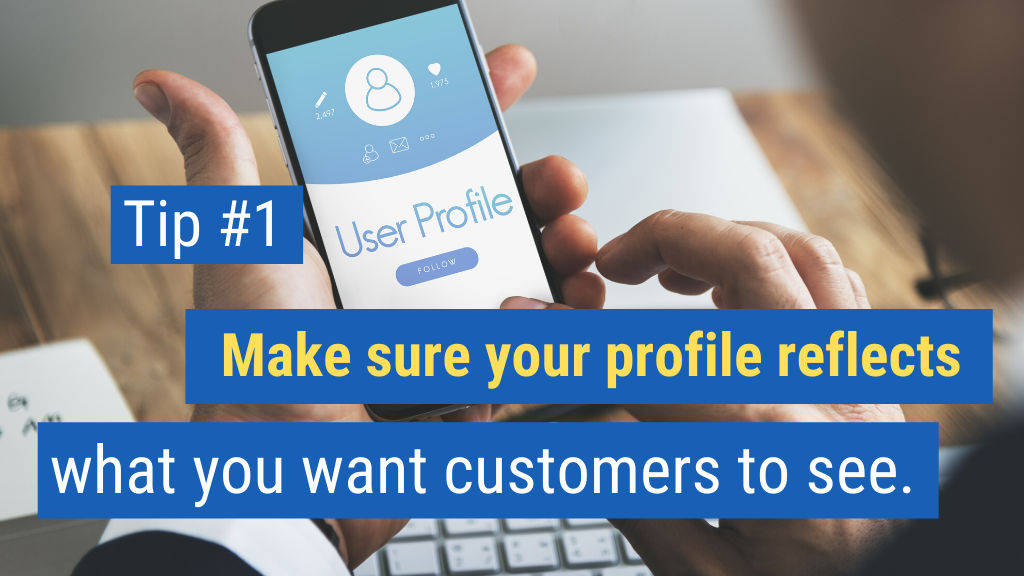 If you’re using LinkedIn or Facebook and your profile lists some multi-level marketing thing you used to do, or your profile photo shows you out drinking with your buddies, that’s not going to be very effective. Your profile is key to social selling.
If you’re using LinkedIn or Facebook and your profile lists some multi-level marketing thing you used to do, or your profile photo shows you out drinking with your buddies, that’s not going to be very effective. Your profile is key to social selling.
Go through your profiles on whatever platforms you use and make sure each one reflects exactly what you want your customers to see. Anything else—remove it.
Put yourself in the shoes of one of your ideal prospects, and look at your profile through their eyes. Does it make sense? Is it telling a story? If it doesn’t, change it. If the picture is terrible or unprofessional, change it. Make sure that it’s showing what you actually want your customers to see. Because if you’re using social media to do prospecting, they will look at it. That’s the point, after all.
2. Only target your IPP.
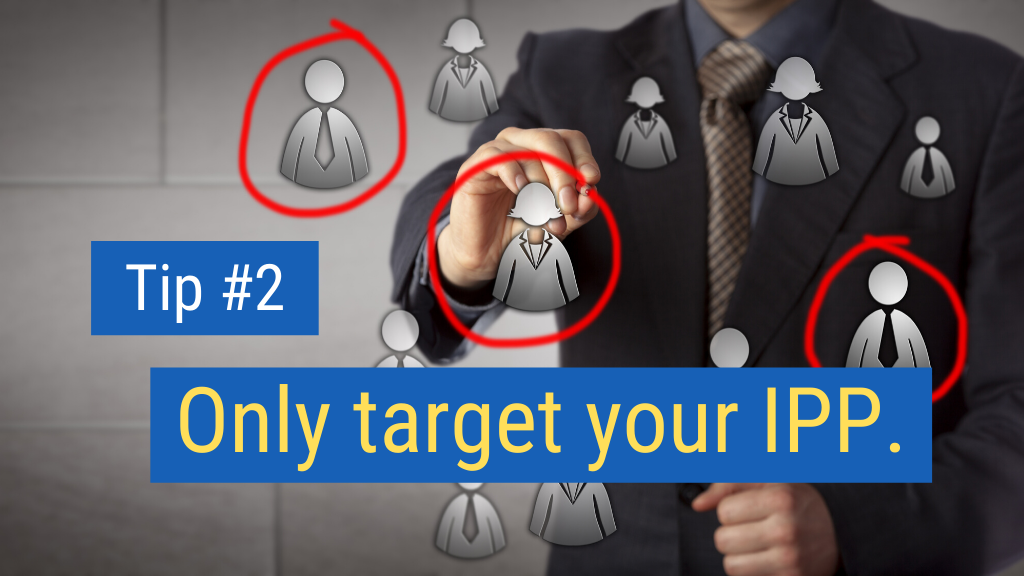 Your IPP is your ideal prospect profile. The worst thing that can happen with social media outreach is that you actually get someone who’s interested in talking to you, but they weren’t a fit in the first place because you weren’t targeted about who you were actually reaching out to. That hurts.
Your IPP is your ideal prospect profile. The worst thing that can happen with social media outreach is that you actually get someone who’s interested in talking to you, but they weren’t a fit in the first place because you weren’t targeted about who you were actually reaching out to. That hurts.
Only target people that you actually want to have calls with. Only target people who will make good opportunities for you. Anyone else, don’t waste your time.
The more specific you are, the more effective you’ll ultimately be with social selling.
3. Know what platforms your prospects hang out on.
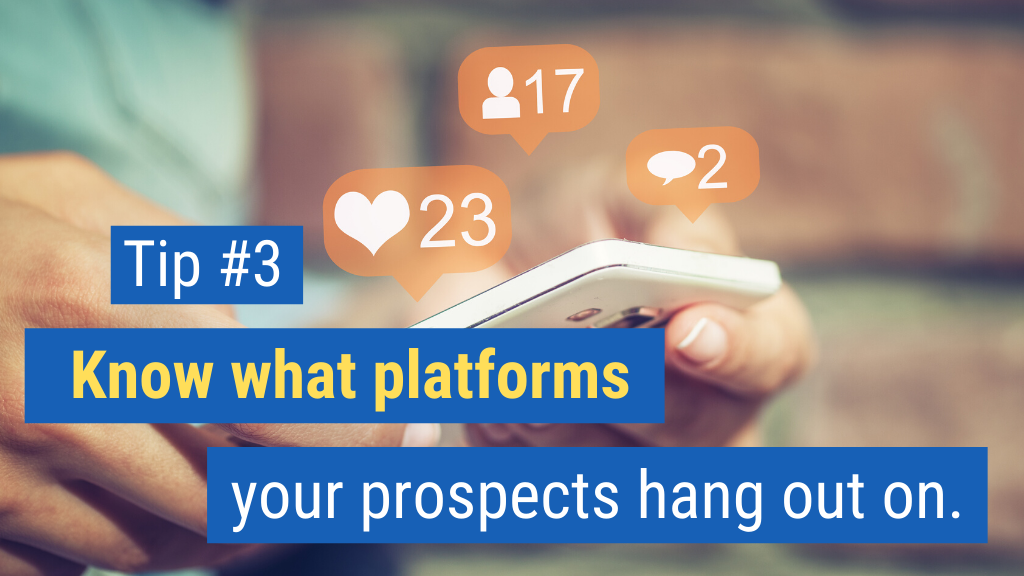 If you’re in B2B sales, chances are that most of your outreach will be on LinkedIn. But if you’re in a B2C space, there could be other platforms where your prospects spend a lot of their time.
If you’re in B2B sales, chances are that most of your outreach will be on LinkedIn. But if you’re in a B2C space, there could be other platforms where your prospects spend a lot of their time.
It could be Facebook. Facebook is a big one. It could be LinkedIn, but it could also be some other platforms like Twitter or Instagram. Make sure that you know the specific platforms where your prospects hang out.
Keep in mind that you don’t need to use every single platform to master social selling. Just focus on one or two social media platforms where you know a lot of your prospects hang out, and put your energy into reaching out to prospects there.
4. LinkedIn connections to personalized messages.
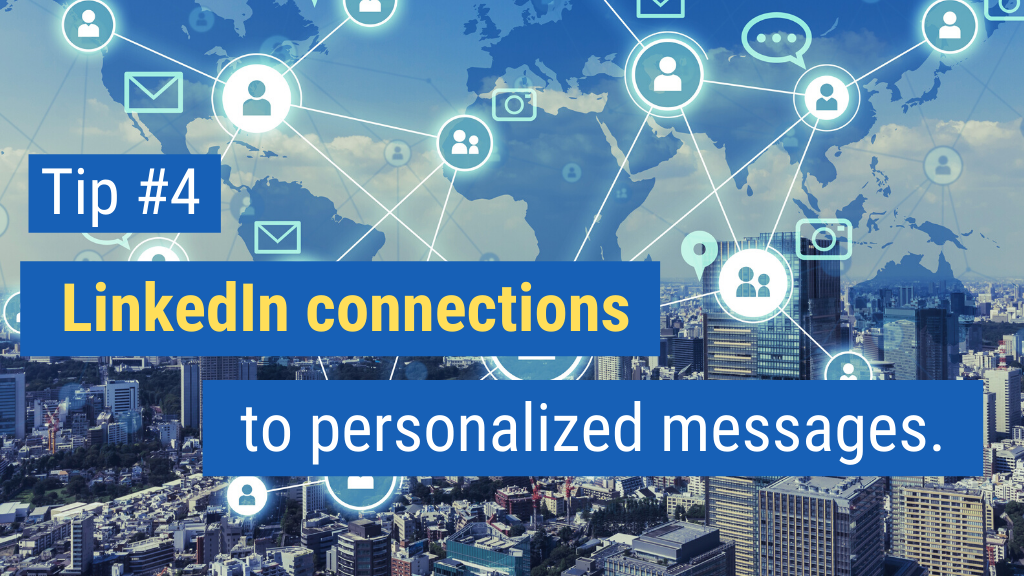 If you’re selling in the B2B space, then LinkedIn is an absolute gold mine. My own organization and sales team have made countless sales as a result of LinkedIn outreach.
If you’re selling in the B2B space, then LinkedIn is an absolute gold mine. My own organization and sales team have made countless sales as a result of LinkedIn outreach.
It’s important to understand that we’re not just using a shotgun approach, blasting boilerplate messages to anyone who comes across our radar. Instead, we’re only targeting people that we really feel like we can offer value to.
The first thing to do when using LinkedIn is to search for people using the advanced search function, to make sure that they fit into your IPP. (LinkedIn Sales Navigator makes this a lot easier, but you can still do it on the free standard version of LinkedIn.)
So first, make sure that you’ve narrowed down your prospect list using the advanced search for your ideal prospect profile. Next, only make about 20 connection requests per day—and don’t automate them. LinkedIn automation was a big thing for many years. We have found, though, that many people’s LinkedIn accounts are actually getting shut down now as a result of using LinkedIn automation.
So, don’t automate connection requests or you might lose your LinkedIn account altogether. Just send out connection requests manually to about 20 people per day. It actually doesn’t take that much time. Or maybe you could have an assistant do some of that heavy lifting.
Next, you want to make sure that you’re doing some basic homework on each prospect, so that way your LinkedIn connection request is relevant and you are using up to date information. If they accept your request, then you can send them a personalized message about actually connecting in some way (such as hopping on a call, or sending them something of value).
5. Facebook group friend requests to personalized messages.
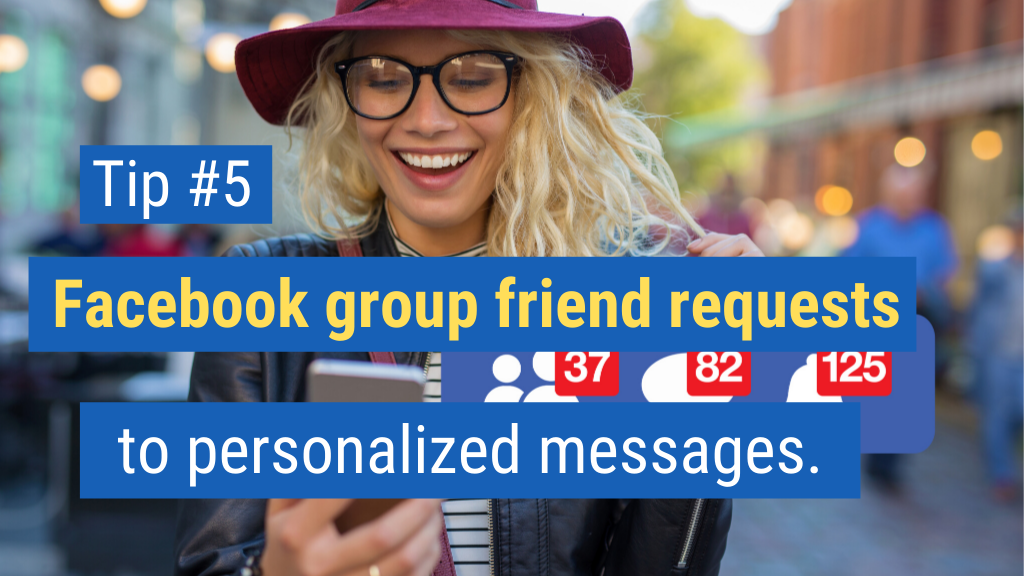 This is similar to LinkedIn outreach, but it’s much more relevant for salespeople who are in the B2C space or maybe selling to business owners who are more active on Facebook, such as small business entrepreneurs. In these cases, Facebook can be a really nice platform for generating strong opportunities through social selling.
This is similar to LinkedIn outreach, but it’s much more relevant for salespeople who are in the B2C space or maybe selling to business owners who are more active on Facebook, such as small business entrepreneurs. In these cases, Facebook can be a really nice platform for generating strong opportunities through social selling.
The first thing you want to do is find groups on Facebook where your customers actually hang out. These could be industry-specific or they could be interest-based. And when you actually go into those groups, you’ll see recommendations for other groups that might also be relevant. Join all those groups, but don’t immediately start blasting everyone. Take your time to understand what’s going on and get a feel for the community.
Once you have a sense of the group, start to slowly make friend requests with group members that fit your IPP. Go to each person’s profile, and if they seem like someone who could be a fit, just make a friend request. Only make about 20 or so friend requests a day. Don’t do big numbers. The point of social selling is not to spam everyone. You simply want to connect with real people who you can actually help with your product or service.
And then when the people who actually accept your request do that, then you can send a personalized message to them using up to date information, based on their profile, based on what they do. And show that you did your homework. Show that you really care about them. You’re not just trying to sell them something, or you’re not just sending them a link to buy today. Instead, you’re trying to connect and start a conversation.
6. Create cadences for outreach.
 Whatever platform you’re using, be sure to create consistent cadences for your outreach. If you just do 20 LinkedIn outreaches today and then you don’t do any more in the future, it’s a huge waste of time. But if you do 20 a day over the course of an entire working year, that’s about 5,000 outreaches a year. That’s a lot. Consistency is one of the key basic sales philosophies to social selling success.
Whatever platform you’re using, be sure to create consistent cadences for your outreach. If you just do 20 LinkedIn outreaches today and then you don’t do any more in the future, it’s a huge waste of time. But if you do 20 a day over the course of an entire working year, that’s about 5,000 outreaches a year. That’s a lot. Consistency is one of the key basic sales philosophies to social selling success.
7. Don’t send spam.
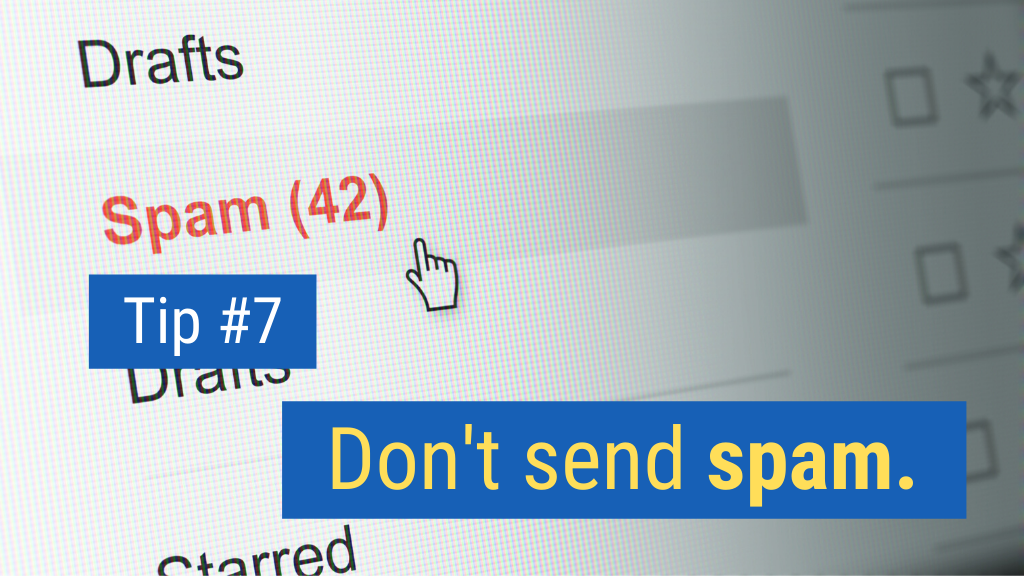 I’ll say it again: The point of social selling is not to spam everyone. Don’t be a spammer. Instead, offer value to the people you’re connecting with on social media.
I’ll say it again: The point of social selling is not to spam everyone. Don’t be a spammer. Instead, offer value to the people you’re connecting with on social media.
One of my good friends always says, “Social media is for connecting. It’s not really for selling.” So when you actually connect with someone, don’t immediately try to sell them. Instead, just try to offer value. Provide them with resources. Start a dialogue. Don’t just try to sell them on the platform. Typically, you want to move off the social media platform for the real sales conversation anyway.
So there you have it. Now you know Social Selling 101: How to Generate Real Sales Leads with Social Media. Which of these ideas did you find most useful? Share your thoughts in the comments section below to join the conversation.

Enjoyed this article? Please share away!

Get instant access to our free sales training:
Why Prospects Push Back on Price, Give 'Think-It-Overs,' and Ghost in Sales Until They Meet a Sales Superstar Who Is Following These 7 Simple Keys

About the Author Marc Wayshak
Marc is is the best-selling author of three books on sales and leadership, including the highly acclaimed titles Game Plan Selling, The High-Velocity Sales Organization and his forthcoming book, Sales Conversations, Mastered.
Marc is a contributor to Inc, HubSpot, Fast Company, Entrepreneur Magazine, and Huffington Post Business. He also hosts a popular YouTube channel on sales strategy with over 103,000 subscribers.
Marc helps thousands of people his data-driven, science-based approach to selling that utilizes all the best tools available to sales organizations today.

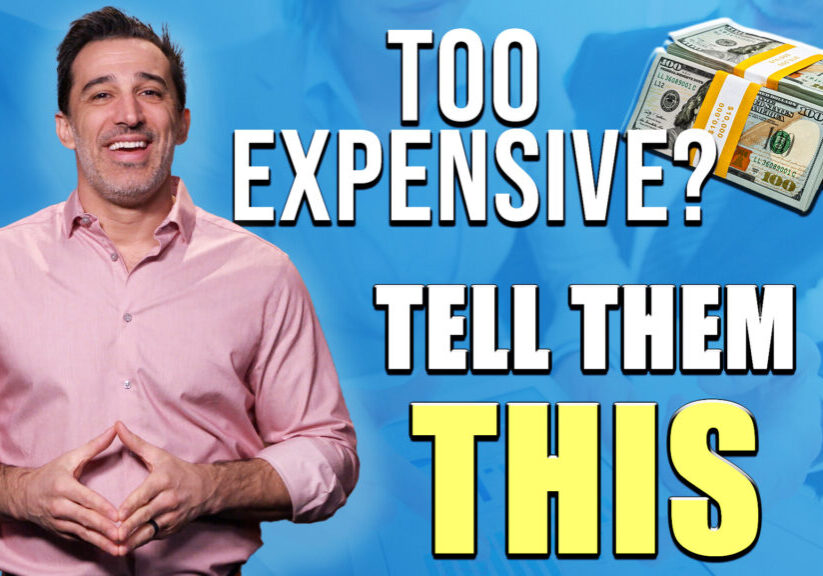
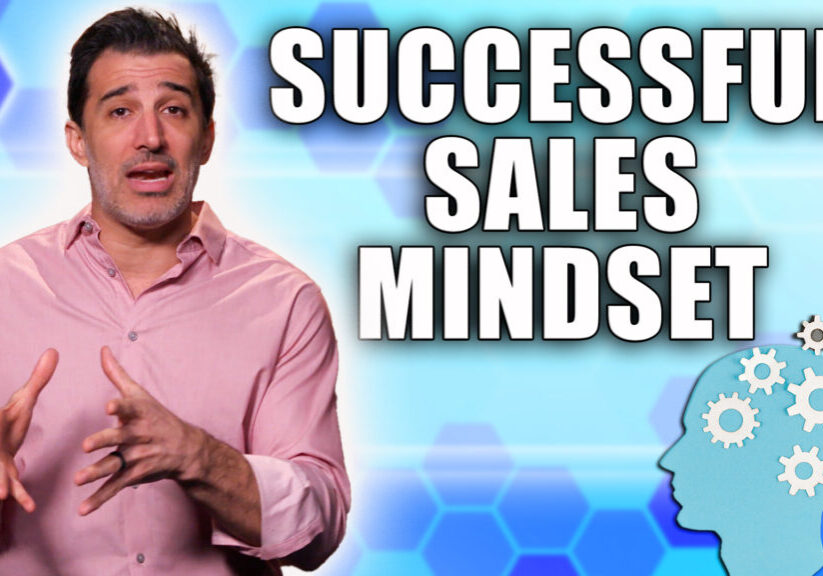
![How-to Sell to Power [C-Suite Sales Must-Knows!] How to Sell to Power [C-Suite Sales Must-Knows!]](https://salesinsightslab.com/wp-content/uploads/bb-plugin/cache/How-to-Sell-to-Power-C-Suite-Sales-Must-Knows-1024x576-landscape-7a52c541b28a7b772ad9e1010d8240be-.jpg)
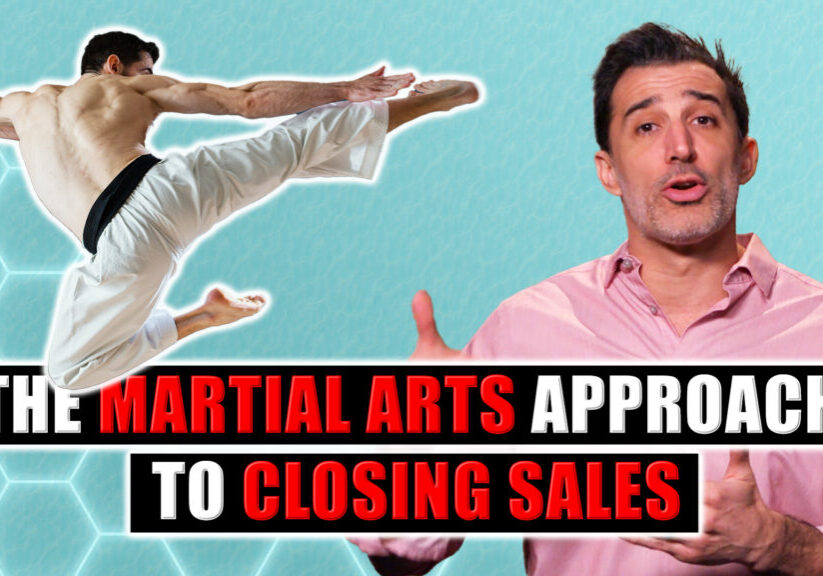
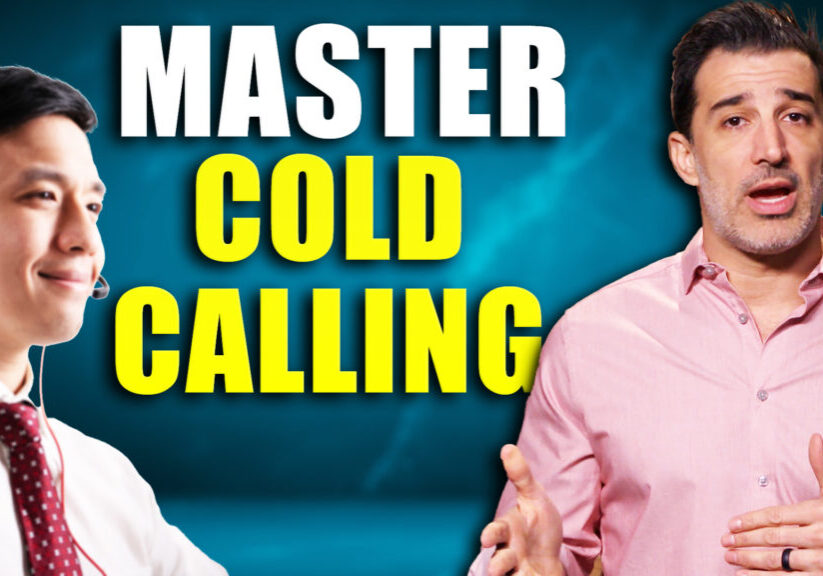
![The Absolute Best Way to Start a Sales Conversation [WITH ANY PROSPECT] The Absolute Best Way to Start a Sales Conversation [WITH ANY PROSPECT]](https://salesinsightslab.com/wp-content/uploads/bb-plugin/cache/The-Absolute-Best-Way-to-Start-a-Sales-Conversation-WITH-ANY-PROSPECT-1024x576-landscape-be9d9379ab94d9f71b5bfeed42246a84-.jpg)